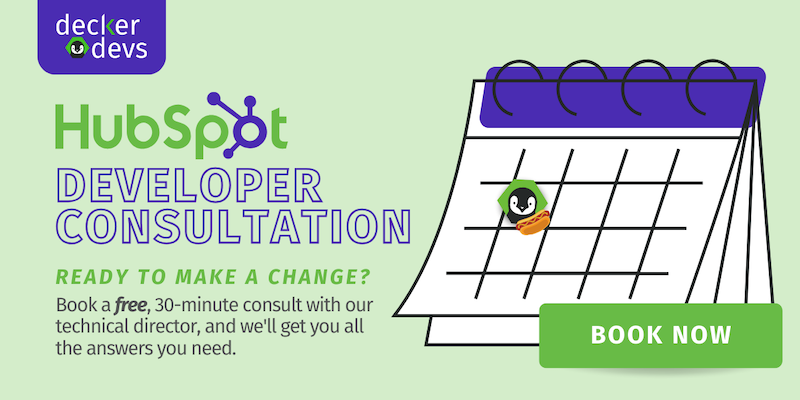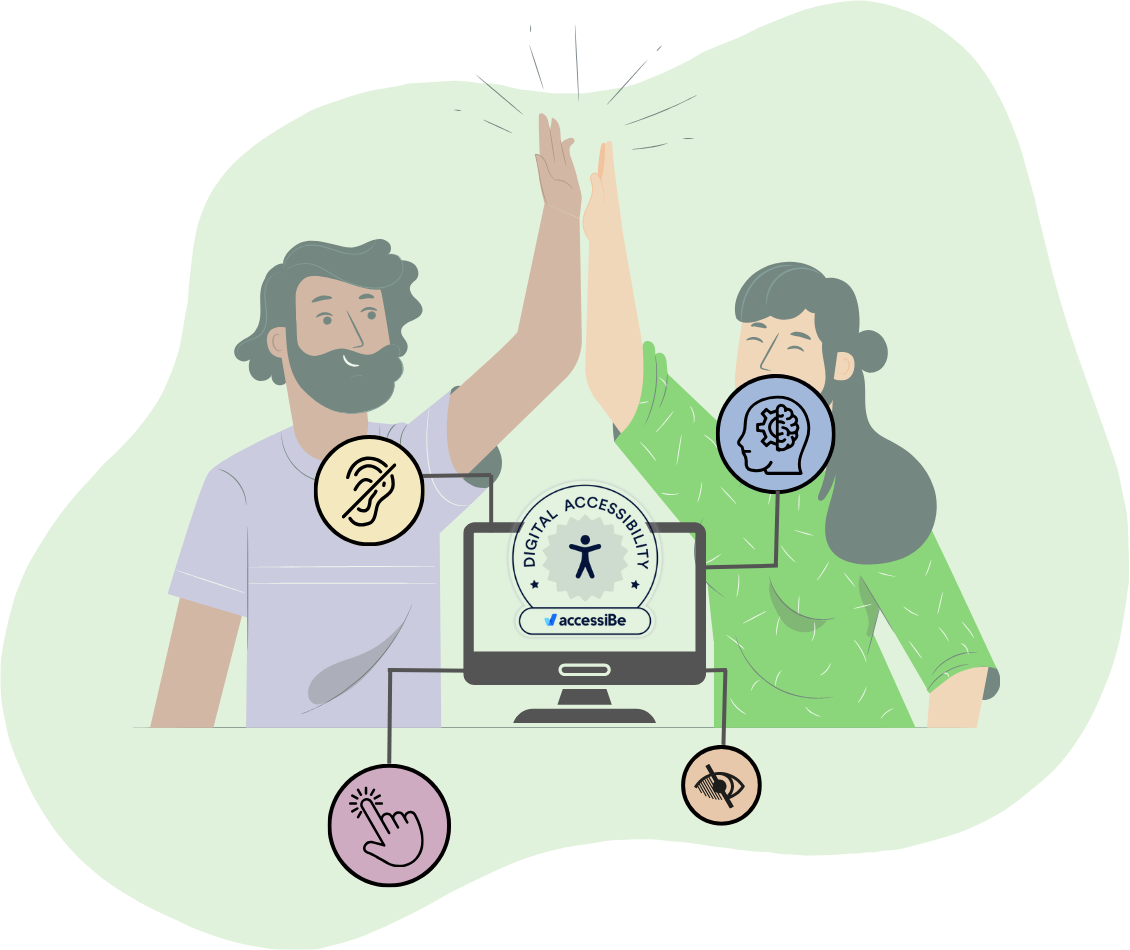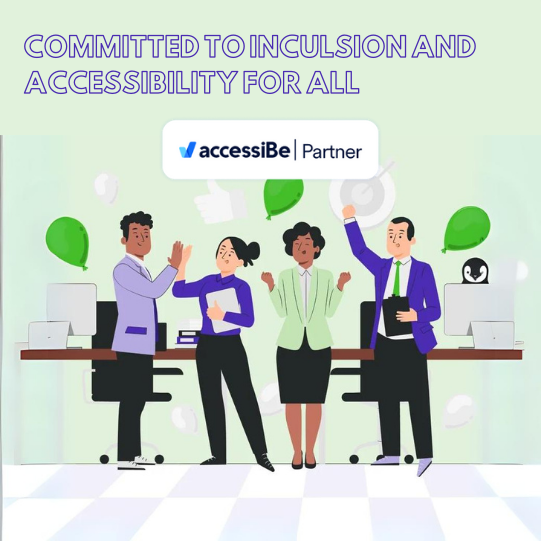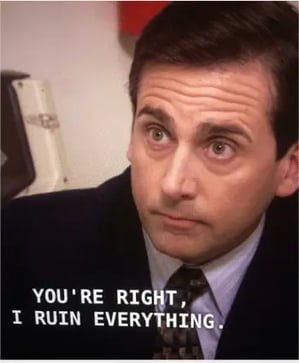 It’s the most wonderful time of the year…
It’s the most wonderful time of the year…
But it’s also more competitive than it has ever been. 196.7 million shoppers took to online stores on Black Friday Weekend for a total spend of $9.12 billion. Despite the increase in spending, predictions remain uncertain for how the rest of the holiday shopping season will go.
It’s more important than ever to not fuck up your e-commerce conversion rates with your holiday shoppers. Is your current conversion strategy (or lack of one) killing your conversion rates? Let’s dig in and look at some of the big mistakes we’ve seen with e-commerce websites around the holiday season and how you can avoid them:
You have no personalization campaigns running.
Holiday shopping messaging inundates our browsers and social media platforms on every device we use. Sales emails, text messages promising huge savings, and social media ads are constantly finding their way into our everyday activities around the holidays. Like the old days of website pop ups and spam phone calls, it seems more retailers than ever are making their way into every aspect of our lives… and as more and more shoppers opt out of text and email messaging from brands they no longer want to hear from, it’s more important than ever to give people a reason to “opt in”.
Specials are great, but when it comes to sales incentives, small businesses will have a tough time keeping up with retail giants. Instead, try using your text, e-mail and social media platform to create personalized messaging that resounds with your buyers. Most major e-commerce platforms offer personalization recommendations in the form of code that can be pasted into emails to recommend products based on recent purchases, but don’t stop there. Personalized content on your website pages based on viewed products, inside your mega menu navigation and in landing pages based on previous conversions are the perfect way to increase conversion rates.
Don’t believe me? Here are some great statistics on personalization for conversion rates from outgrow.co:
- Lack of personalized content generates 83% lower response rate in an average marketing campaign
- Personalization can reduce acquisition costs by as much as 50%
- Personalized content results in repeat purchases in nearly 44% of customers
- Personalized CTAs convert over 200% better than non-personalized CTAs
Your page speed is horrendous
Dead horse. Beaten.
Sorry, we have to. We cannot hammer home enough the importance of page speed optimization, particularly for e-commerce websites and absolutely when it comes to the biggest shopping month of the year. If you haven’t given this a read, check out these 5 factors bogging down your website and make sure to do whatever you can to optimize your website for load speeds this holiday season.
Need a little more proof? Here are some e-commerce page load stats you should take a look at:
- 57% of customers will leave your site if your page load times are longer than 3 seconds (80% of these people will never come back and 44% of the 80% will tell a friend. Ouch.)
- A 2 second delay in page load speed reduces session length by 51%
- For every additional second it takes your website to load, your conversion rate decreases by 7%
Optimize your images. Optimize your videos. Use lazy loading. And USE A DEVELOPER THAT KNOWS WHAT THEY’RE DOING! You should have a best practices process document for uploading new listings to your website and make sure that your employees are trained to avoid large images or videos being loaded to your website without your knowledge. Every second matters.
Related: How’d You Do? Let’s Talk Site Performance for Black Friday Weekend
You aren’t prominently featuring your offers
This one seems pretty obvious, but you’d be surprised. While text, e-mail and social media marketing are the go-to for promoting holiday deals and shopping incentives, your website is even better. Many retailers shy away from pop ups and banners, but they’re the best way to promote holiday deals to your audience. A pop up with special codes, text opt in for holiday deal promo codes or a banner placed prominently at the top of your page are all great options for promoting your holiday shopping offers to your website visitors .
GetSiteControl.com has great suggestions for banner placement on your website with live examples for promotions during the holiday season. They make suggestions not only for banner placement locations but also ideas for what to put in those banners like:
- Limited coupon promotions
- A Banner advertising shipping incentives
- Product recommendations pop ups
- Gift card reminders
- Filter options inside website banners
- E-mail sign up forms
Be sure to make your banner easy to navigate out of for customers that aren’t interested to avoid user frustration.
You’re not creating urgency
When it comes to conversion, creating urgency is proven to increase the likelihood that a customer buys from you. According to Optimonk, a pop up sale banner with a countdown timer on it conversion 4.5% higher than a pop up sale banner without a timer.
Marcus Taylor or CXL posted an interesting blog on creating urgency in the launch of a limited resource package deal he created for musicians. He offered his bundle package for 100 hours total and did everything he could to optimize his conversion rate. He increased it from 2.5 to 10%, which increased his sales by 332% (woah!). He makes some really good suggestions in his article to decrease buyer anxiety while creating urgency by giving them both rational and emotional reasons to buy and supporting those by offering clarity and relevance to that decision. This article is packed with great advice - like real versus implied urgency and why is important to put deadlines on any deals that you run. But his most important takeaway is his discussion on how to handle urgency and his A/B test:
“Adding urgency doesn’t work if your offer is full of distractions, or if your value proposition is crap. It won’t work if your offer’s irrelevant to your audience, or if your audience doesn’t trust you.”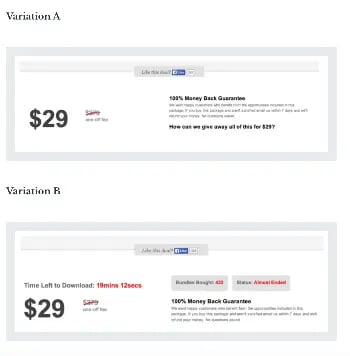
He A/B tested a countdown timer on his CTAs - and Variation B (with the countdown) increased conversion from 3.5% to 10%
If that’s not enough fuel to tell you to create urgency with your audience during holiday shopping, I don’t know what is.
You have no abandoned cart plans in place
You need a strategy for abandoned carts and page exits. In 2021 70% of online shoppers on Black Friday abandoned their shopping carts. Rather than losing this revenue, create a strategy and put proactive measures in place to make sure your customers convert.
Offering your customers the ability to create a wish list or save for later option for their items either inside the shopping cart or as a pop up is a great way to keep them interested in the products they’ve added to their cart. Robust e-mail automation will help here as well, as an automatic e-mail for abandoned carts should be sent out immediately following cart abandonment. Sending an immediate e-mail one hour after a cart has been abandoned has the greatest chance for website conversion, according to Rejoiner.com.
But don’t stop there. Rejoiner also mentions that second and third abandoned cart e-mails can be sent to capture additional revenue, which accounted for 50% of the revenue recaptured from their entire abandoned e-mail campaign.
Don’t discount the value of discounts (heh) - in those second and third abandoned cart e-mails, adding a discount incentive. Unexpected shipping costs are a common reason that abandoned shopping carts occur, and they’re responsible for around 25% of abandoned shopping carts. Offering free or discounted shipping could be another good way to convert those people on the line in your campaigns. A robust automation plan will help you personalize the content in your abandoned cart campaigns to get more out of your customer base. You can easily set these up in HubSpot or in your e-commerce platform, depending on which you use.
With your increased supply costs and logistics expenses, you need to make sure that you convert customers at a higher rate on your website. The holiday shopping season is your biggest opportunity and your time is running out. Do what you can to set your retail business up to success now and plan even more proactively next year to help increase those conversion rates and boost your sales in 2023.
If you haven’t created your 2023 e-commerce strategy yet, it’s probably time. Book some time with us and lets go over your optimization plans.
